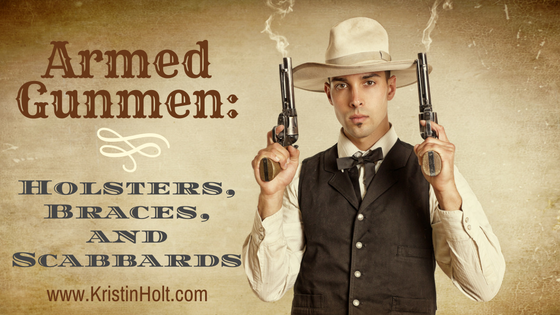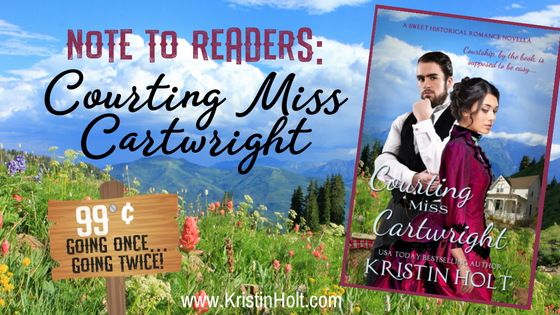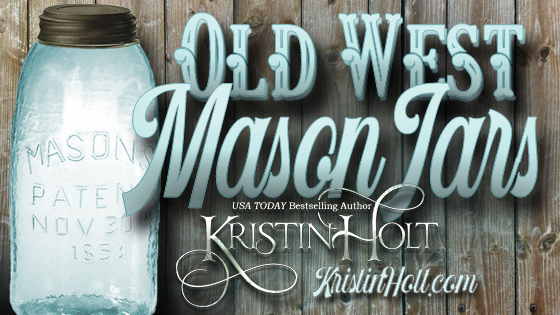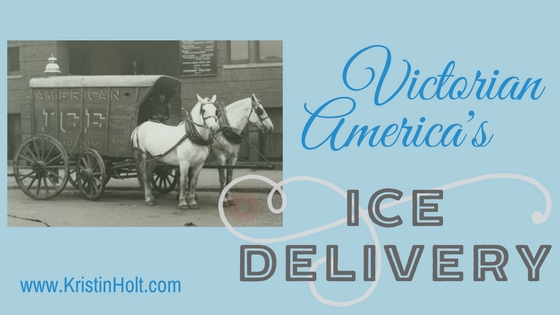
by Kristin Holt | Dec 17, 2016 | Articles
I’m a woman. I’ve never fired a gun (other than a BB gun when I was twelve). I read a lot of western historical romance and I write it too. When writing The Marshal’s Surrender (the most gun-intense book so far), I still had to do a lot of research to make sure my story stood on an accurate historical platform. Where did gunmen stash their Colt revolvers? What did their holsters look like? Did they wear a belt? What about a hidden, back-up gun (like gamblers always seem to have)? In this article, I share vintage photographs and an 1877 patent image, showing those of us unfamiliar with nineteenth century firearms what they looked like.

by Kristin Holt | Dec 10, 2016 | Articles
When did U.S. Marshals begin? What were their responsibilities? Can you believe President George Washington signed the Marshals into law for the purpose of working the National Census? Over time, their job description changed, but they’ve been the one law enforcement position with a time-limit. At the turn of the century, Marshals still didn’t have universal badges. My new release, coming December 20, 2016, is a U.S. Marshal turned small-town Sheriff. He’s learning his problems aren’t smaller or easier.
The Marshal’s Surrender
Coming December 20, 2016

by Kristin Holt | Nov 4, 2016 | Articles
When Courting Miss Cartwright was published within the Western Historical Romance anthology, Cowboys & Calico, I didn’t include the “Dear Reader” letter, but it appears in the newly available stand-alone title (Courting Miss Cartwright). I share the brief note inside this article, in case you read the anthology, because I’d love to share a bit about why the Yiddish words and phrases, more about the quotes at the beginning of chapters, and how this title connects to two of my series.

by Kristin Holt | Sep 14, 2016 | Articles
“Mason Jars” (glass bottles for home food preservation) were invented and patented in the United Sates in the Victorian Era. Industrious homemakers grew large gardens, tended fruit trees, and bottled everything from jams and jellies to grape juice, apple sauce to soups, tomatoes to green beans. How did women accomplish this work?

by Kristin Holt | Aug 23, 2016 | Articles
Victorian Americans needed ice–for home use, through delivery businesses, on a commercial scale (to keep food from spoiling at the grocery and in railroad transportation). Ice houses were built all over the United States from the independent family’s ice house on their property to the enormous commercial Swift & Co. Ice House storing 60,000 tons annually. Ice harvesting occurred in January and February and kept in storage facilities until the following winter by applying ingenuity, science, and hard work. Men used saws, horse-drawn sleighs, and the strength of their own backs to harvest the cash crop each winter. This article contains vintage photographs, newspaper ads, and science info of the Victorian era.













